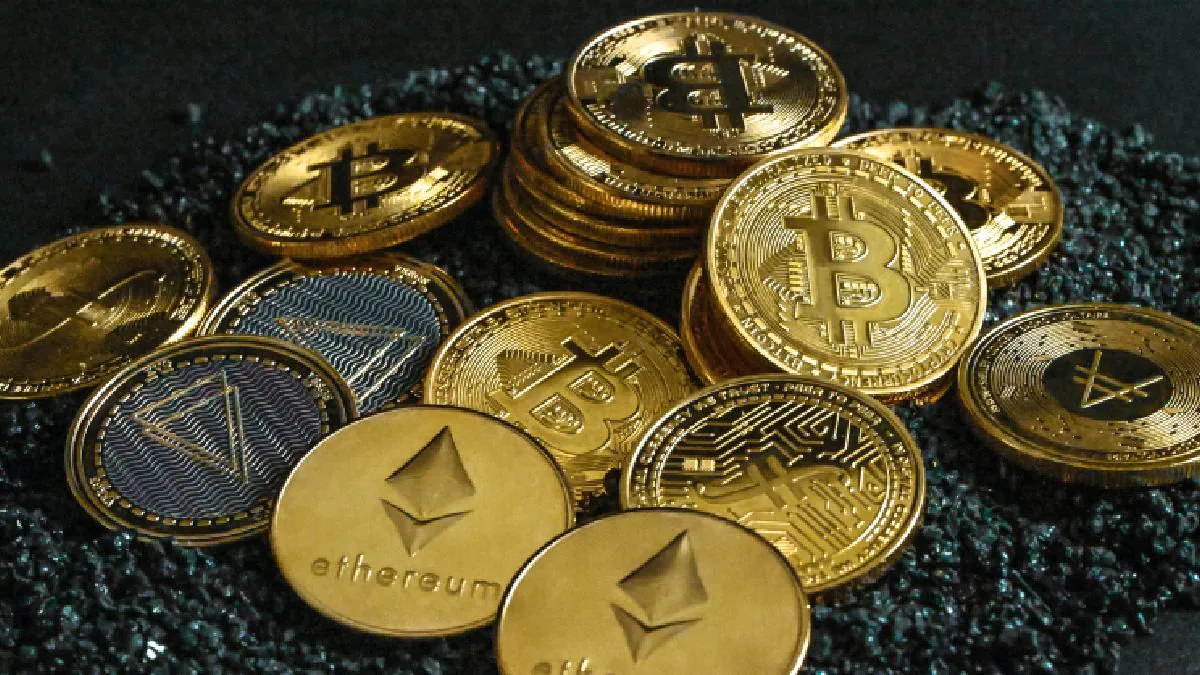It looks like a mega-upgrade of Ethereum is happening. eventually.
After years of delay, the “merge” is certain to happen in September, but cryptography with the underlying blockchain is undergoing a radical change in a system where the creation of new Ether tokens becomes much less energy-intensive.
“This is an exciting time for the Ethereum ecosystem,” said Omar Syed, co-founder of smart contract platform Shardem. “I think there will be drama over the merger, but I don’t think there will be any technical hurdles.”
Investors seem to agree with Ether outperforming big brother Bitcoin.
Ether has seen six consecutive weeks of gains, raising it from a 1-1/2-year low of $880 (approximately Rs 69,800) in mid-June to close at $2,000 (approximately Rs 1.58 lakh), even as it closed in November. It is far from its peak of $ 4,868.79 (about Rs 3.9 lakh) in 2021.
In comparison, bitcoin has lost its colour, rising 37 percent from its June lows to $24,116 (around Rs 19 lakh).
The ether behemoth is munching on bitcoin’s market share: it now accounts for about one-fifth – 19.7 percent – of the total cryptocurrency market capitalization of $1.14 trillion (about Rs 90,45,670 crore), down from 14.9 percent two months ago. According to CoinMarketCap. The share of bitcoin has fallen from 44.9 percent to 40.2 percent in the same period.
“Crypto is still so tightly coupled, I think when the merge is completed successfully it could drive up the price of bitcoin as well,” said Alex Miller, CEO of Hiro, which builds developer tools for building applications for bitcoin.
If the creators of Ethereum are successful, as is largely expected, it could be a game-changer for the blockchain, making it cheaper to mine and easier for fintechs and other crypto apps to adopt.
There has certainly been little assurance about the elusive transition, which has been delayed at times, with developers planning to push the button as recently as June in what investors are beginning to fear may never see the light of day. can not see.
The merge is also fraught with risk, and the fortunes of the approximately 122 million ethers in circulation, valued at around $232 billion (approximately Rs 18,40,800 crore), could be at stake if it fails.
If the upgrade doesn’t go well, it will “put back the whole crypto world by five or 10 years,” said Hiro’s Miller.
‘Difficulty Bomb’
The Ethereum blockchain currently uses an energy-intensive proof-of-work (PoW) method to validate blocks, with miners trying to quickly solve complex computational problems to win newly minted coins. use electricity.
On a parallel chain, Ethereum is testing a proof-of-stake (PoS) system that only requires miners to “stake” their coins to validate transactions and create new blocks. It promises a 99.95% reduction in the energy consumption of the blockchain and makes it ready for faster transactions.
Not everyone is happy about the imminent merger of the two systems – especially ether miners, whose expensive mining rigs will become obsolete, and may not even be used for bitcoin mining.
Ether mining has so far been more profitable than bitcoin mining. According to Arcane Research, Ether miners made $18 billion (approximately Rs 1,42,820 crore) in 2021, while bitcoin miners made $17 billion (approximately Rs 1,34,900 crore).
Some miners have decided to mine the next best option, such as the tokens Ethereum Classic or Ravencoin.
At least one miner has announced plans to oppose and continue mining Ethereum, raising fears of some that the PoW chain will still be operating in its current form after the merger, possibly due to the advanced blockchain. competing with.
However, there are dangers to that option.
Ethereum’s creators have devised a “difficulty bomb” to rapidly increase mining difficulty in order to discourage PoW parallel chains after the merge.
Furthermore, both Tether and USDC – the largest stablecoins – have lost their weight behind the merge, reducing the possibility of widespread adoption of parallel PoW chains.
foamy futures
Alex Thorne, Head of Firmwide Research at Galaxy Digital, said: “The likelihood of a long-lasting chain split of Ethereum following the merger remains slim.”
Nevertheless, at least some investors are preparing for a hard fork, or parallel PoW chain, the situation in the derivatives market indicates.
“Ether futures on the CME exchange were also trading at a premium of $1,905 (about Rs 1.5 lakh),” said Matthew Siegel, head of digital asset research at fund manager VanEck, reflecting expectations around a proof of work fork.
“But the difference is not so big that there seems to be excessive foaming,” he said.
© Thomson Reuters 2022













